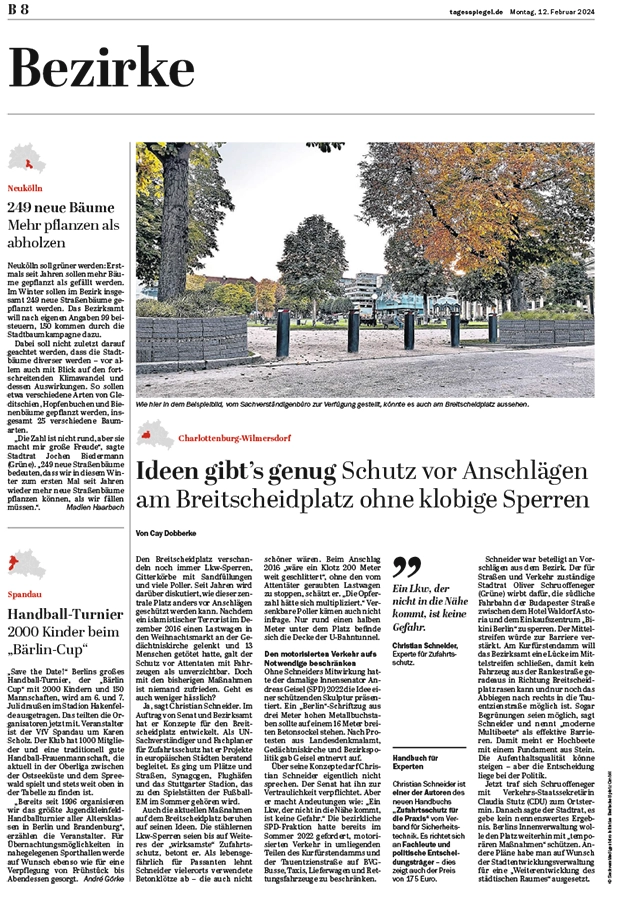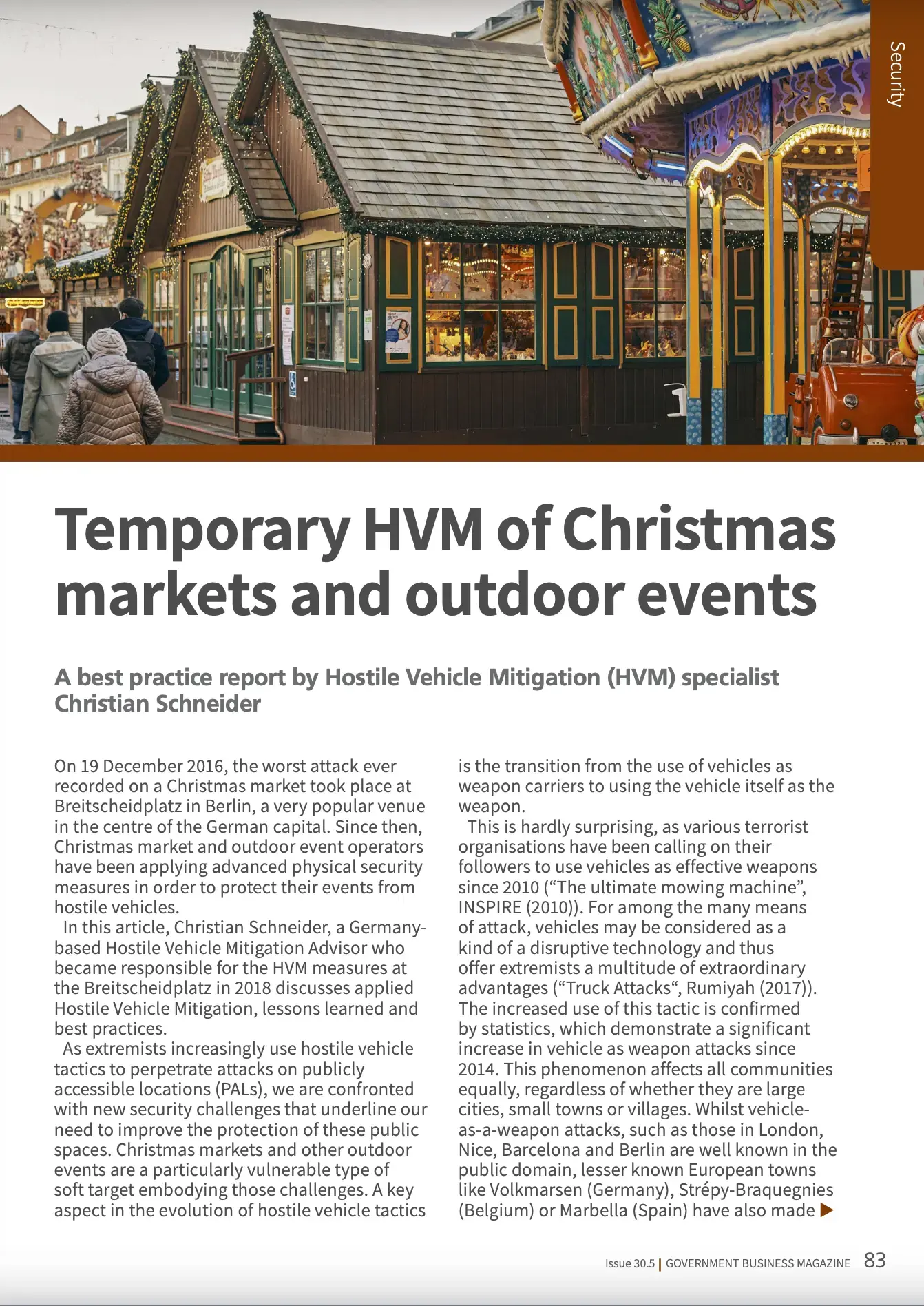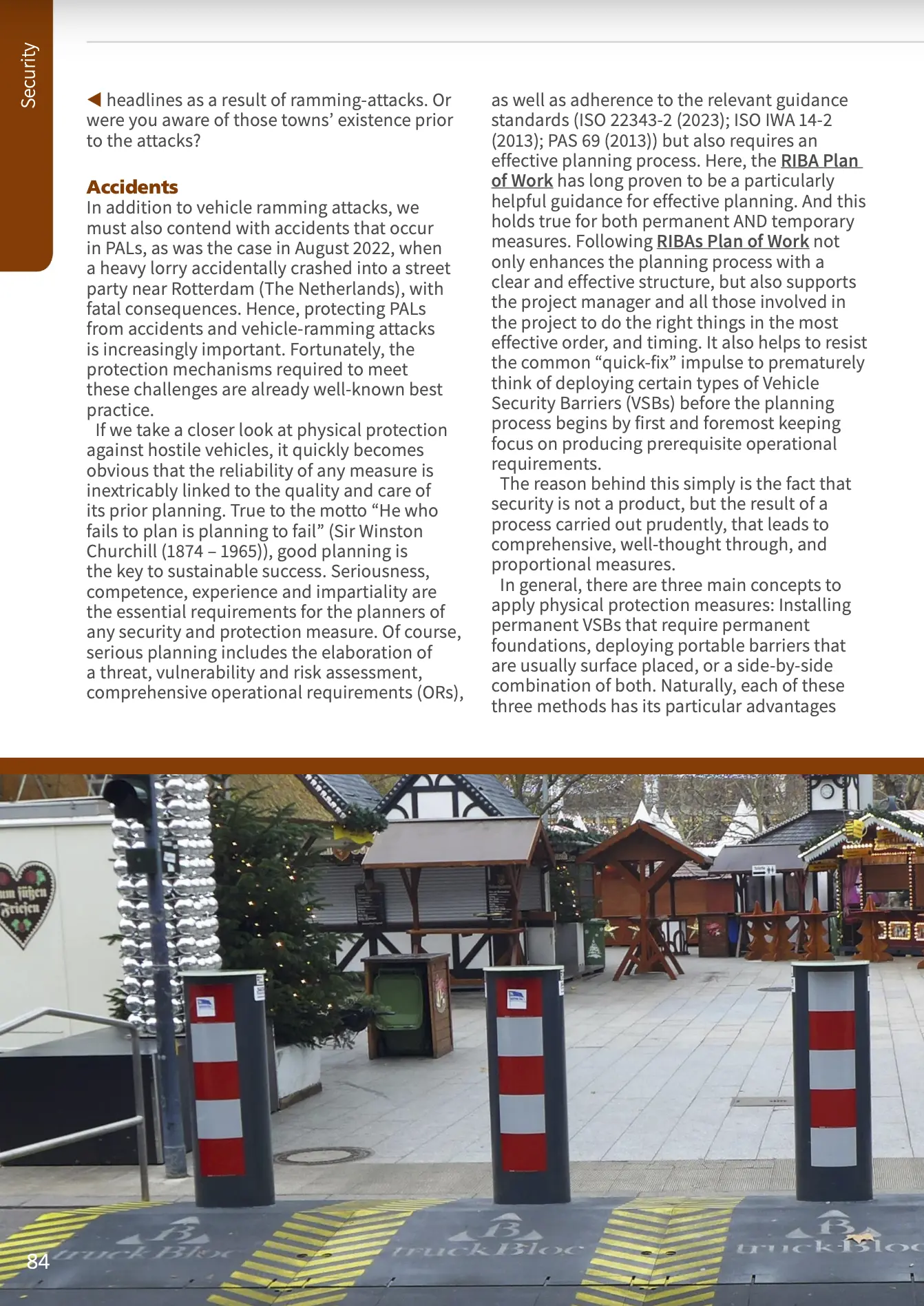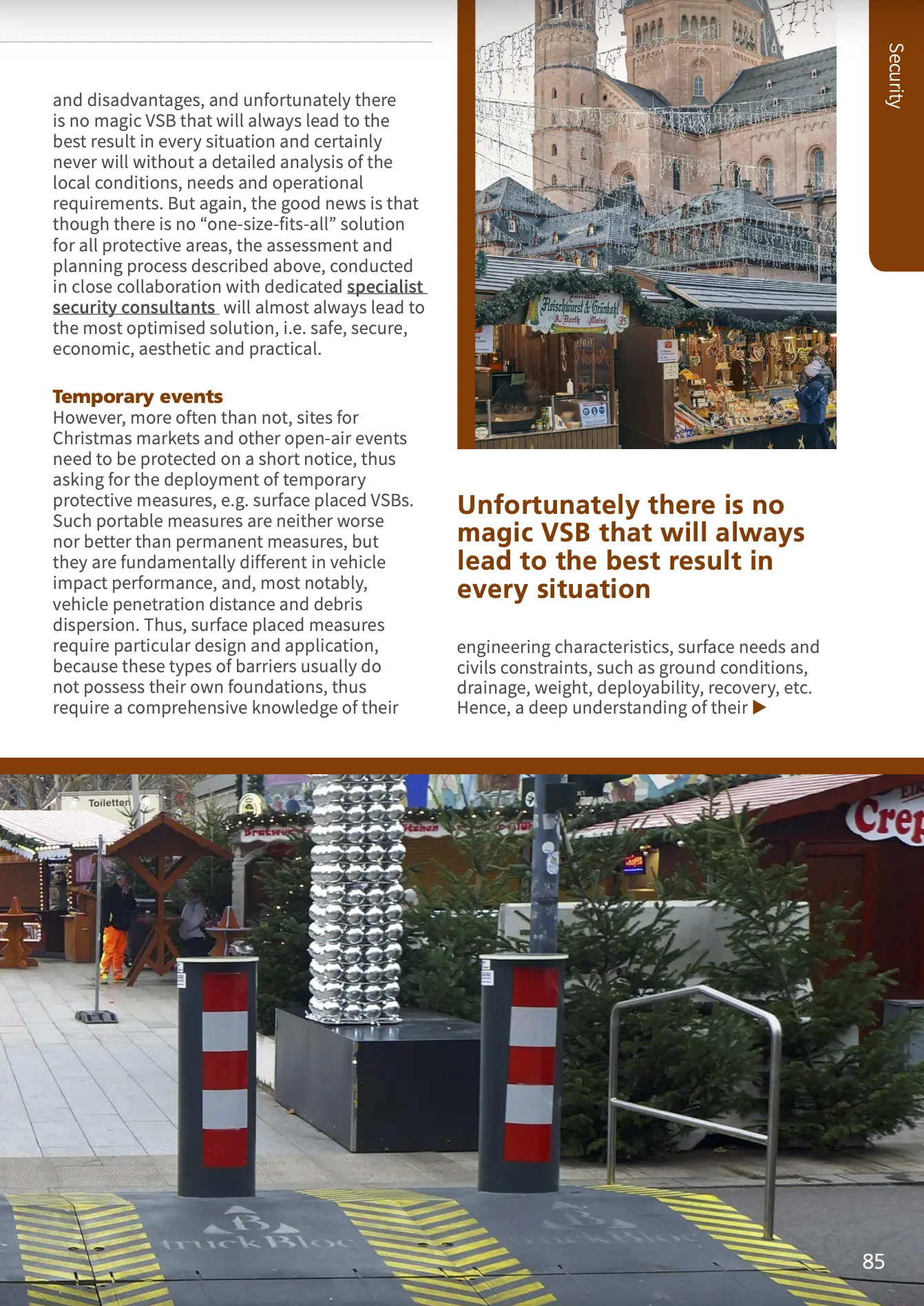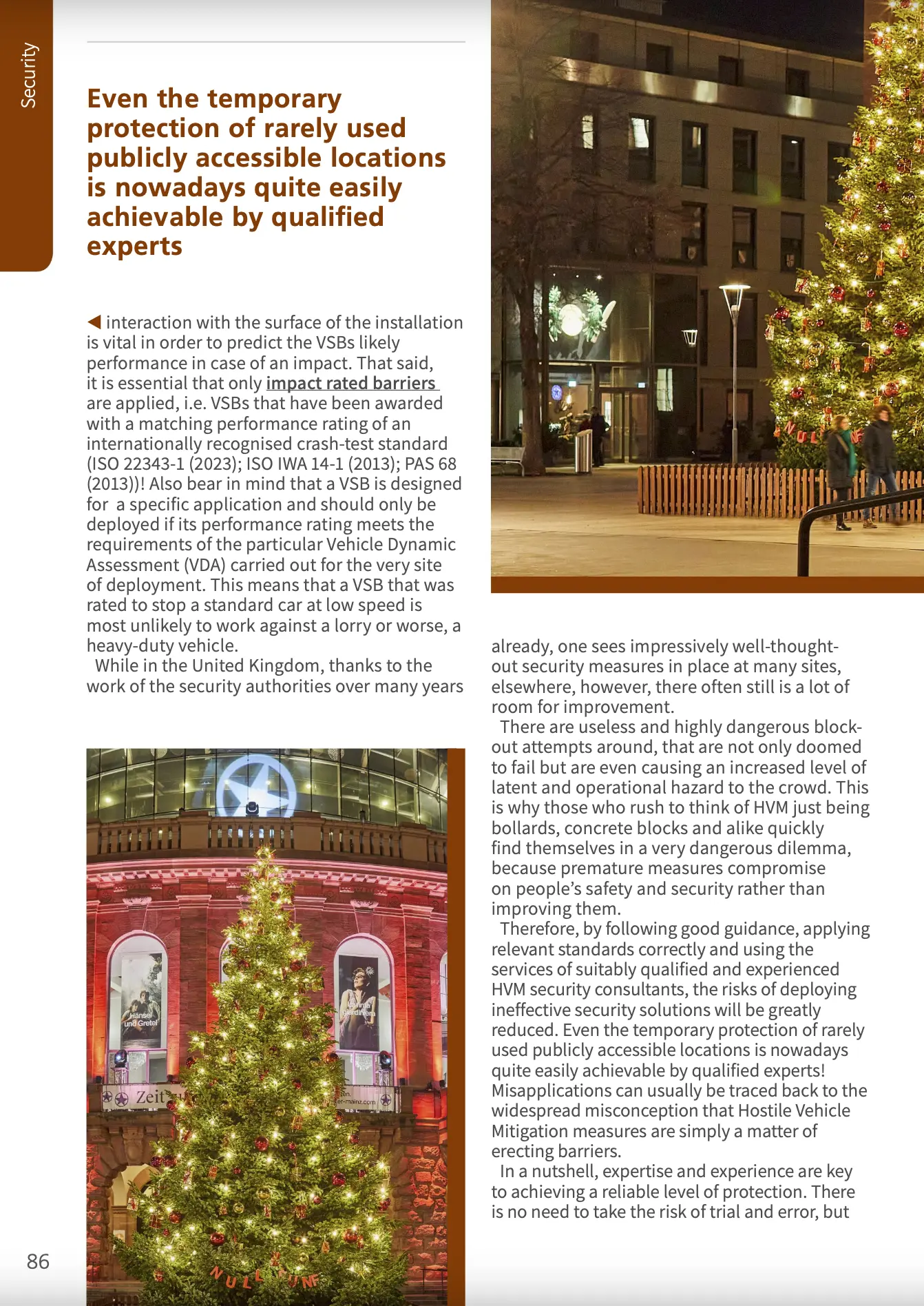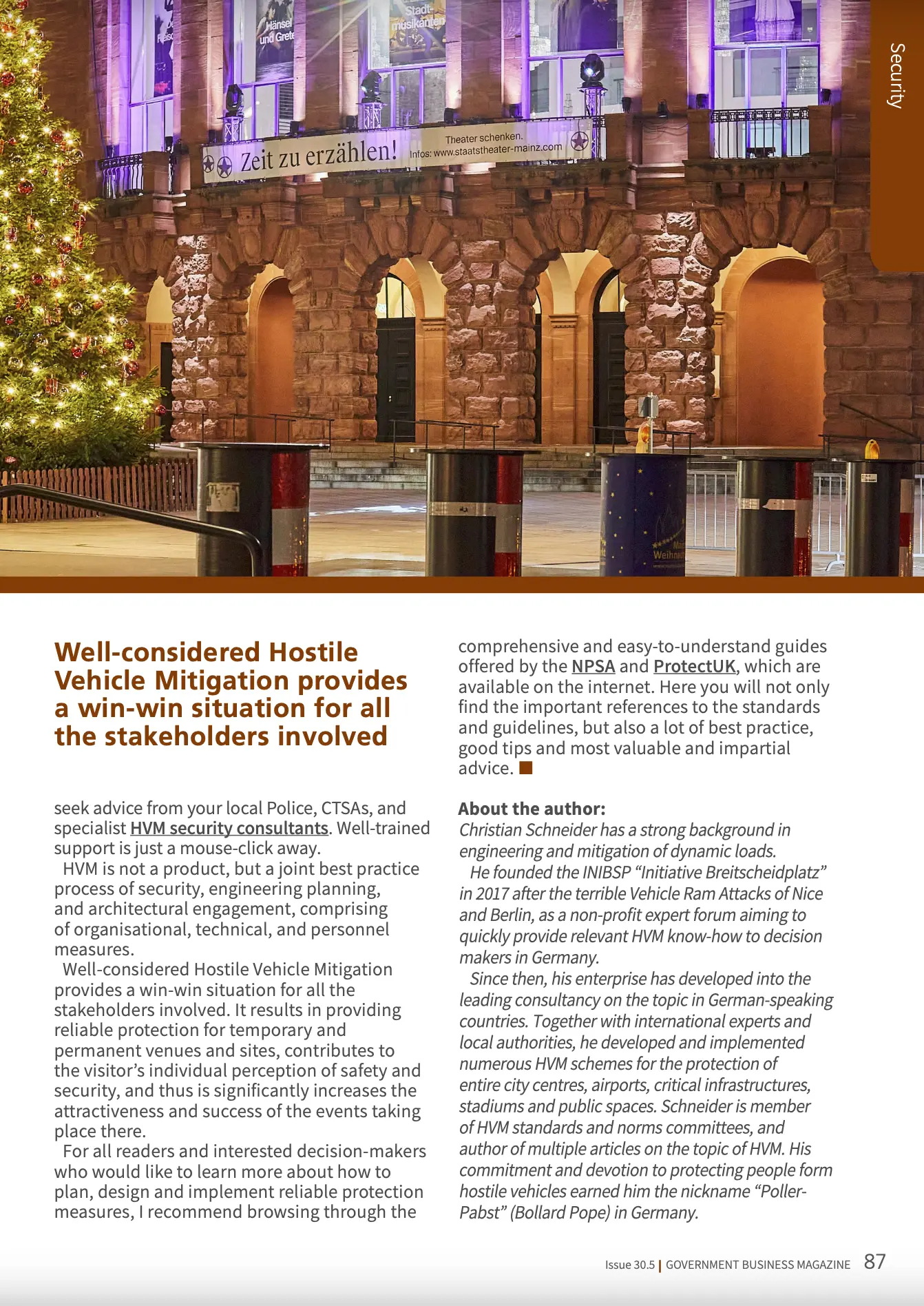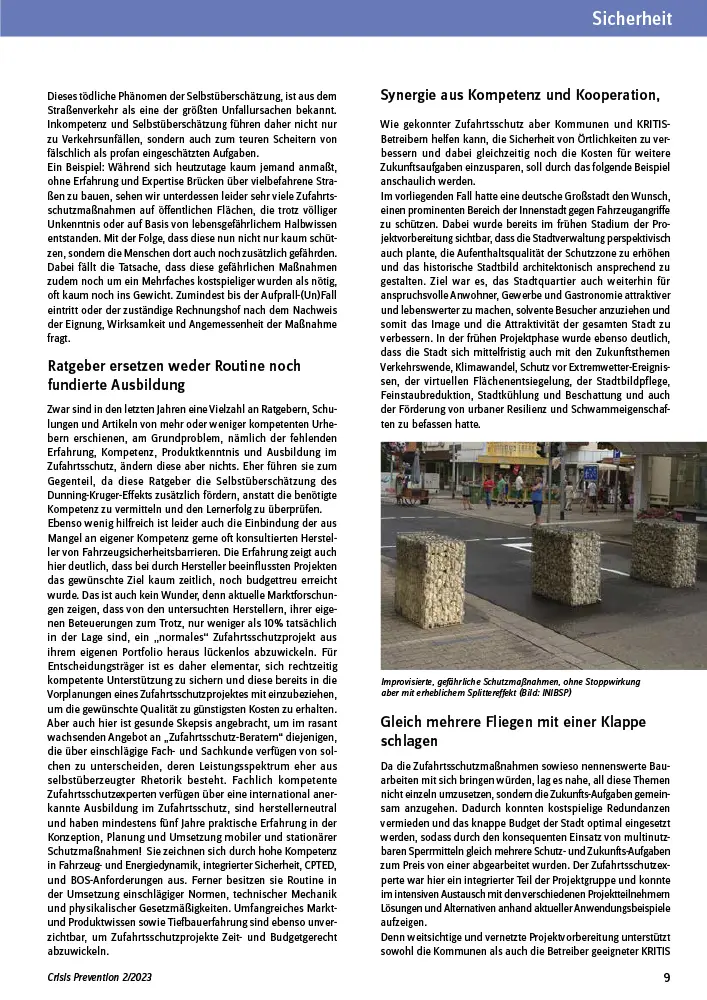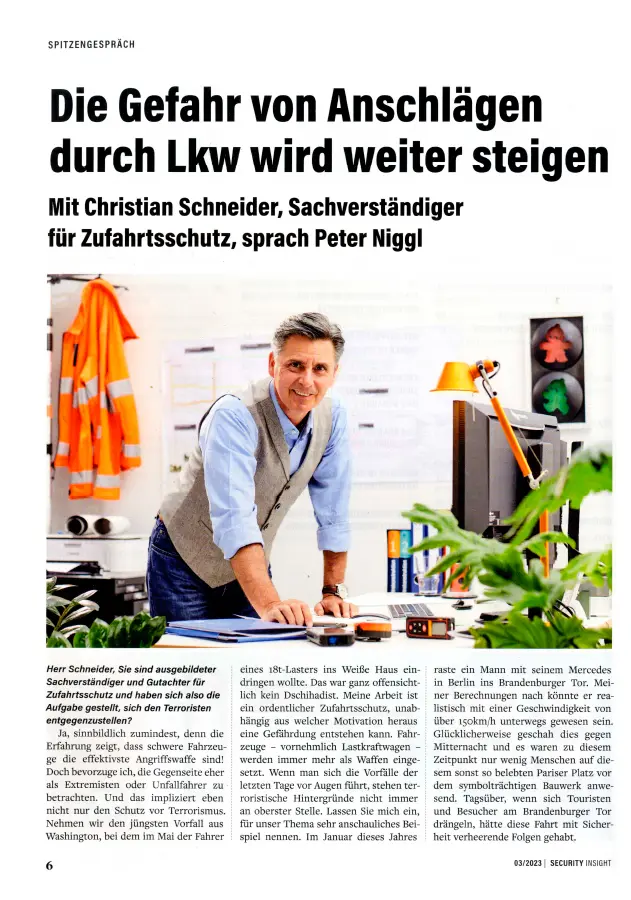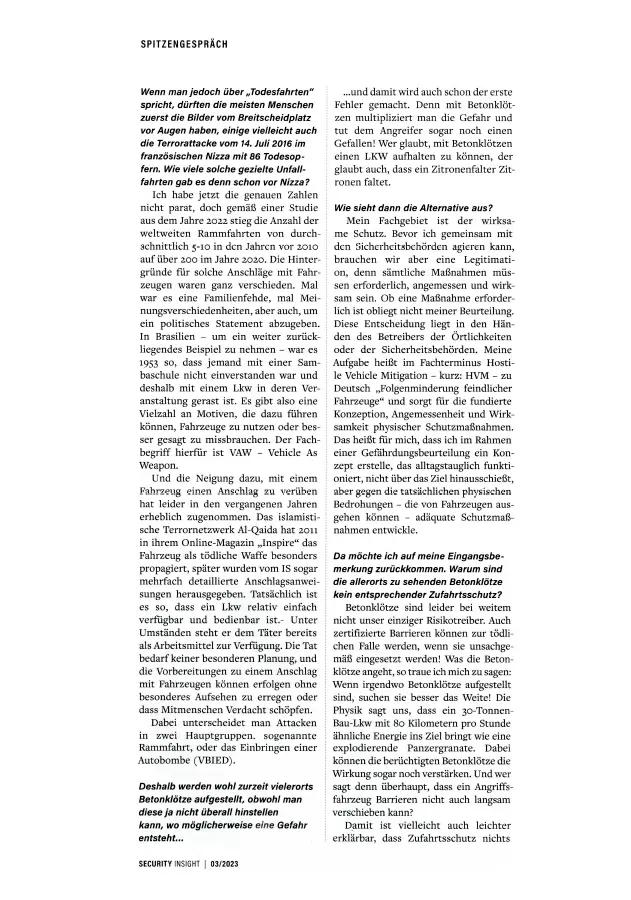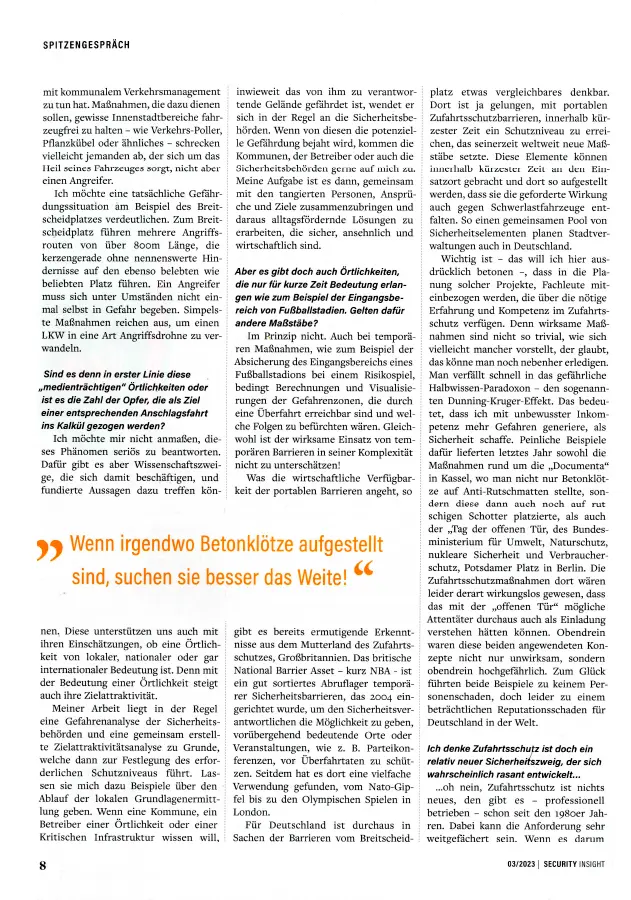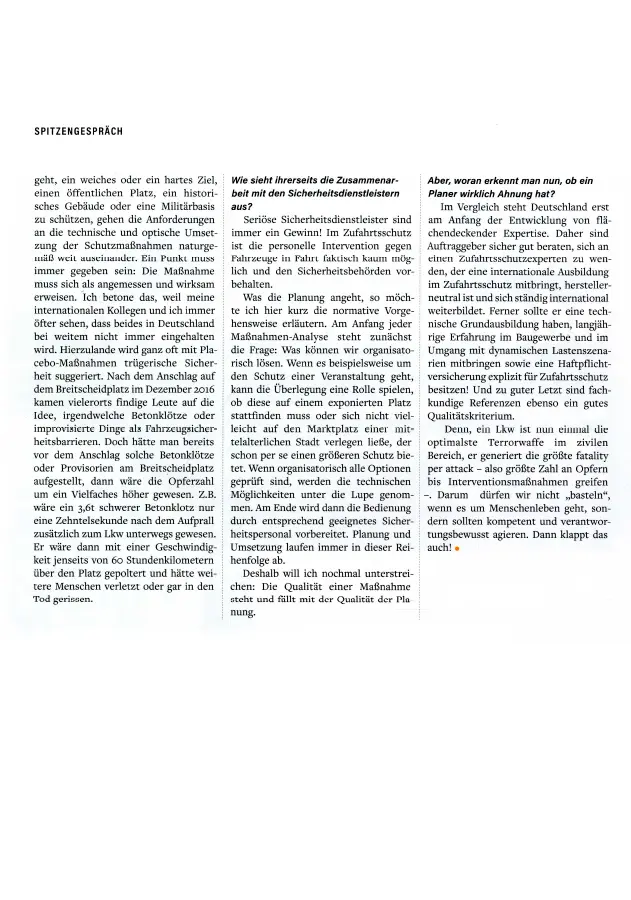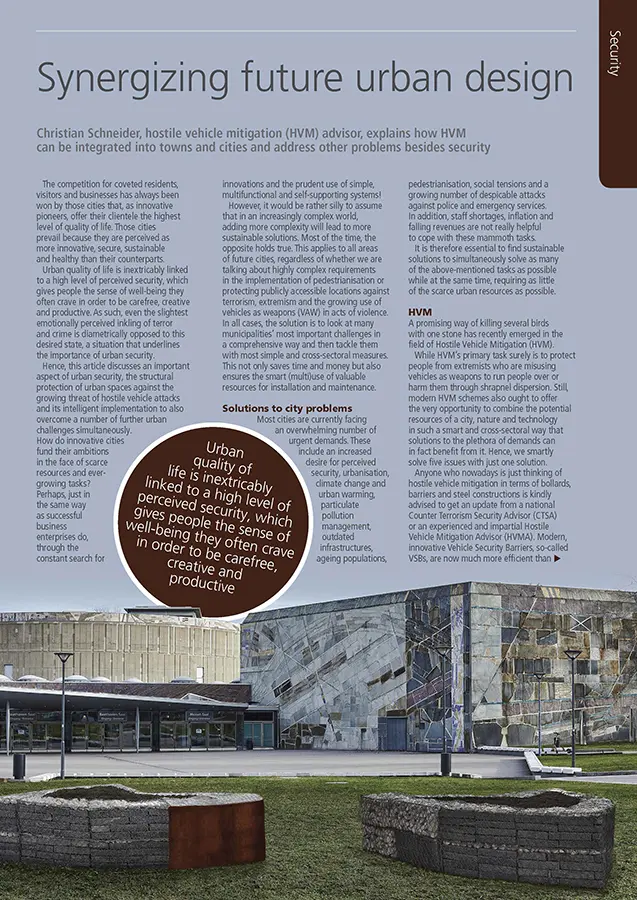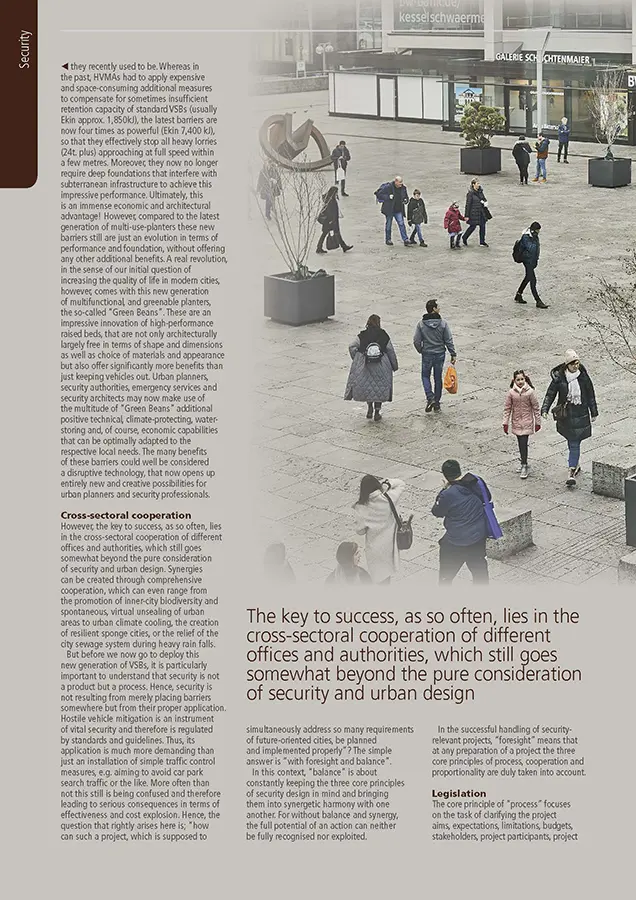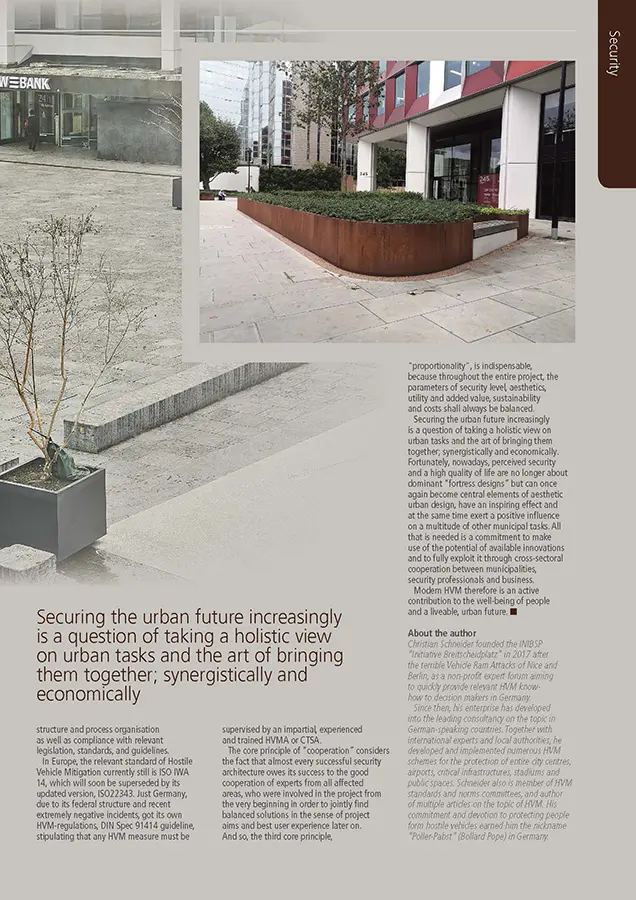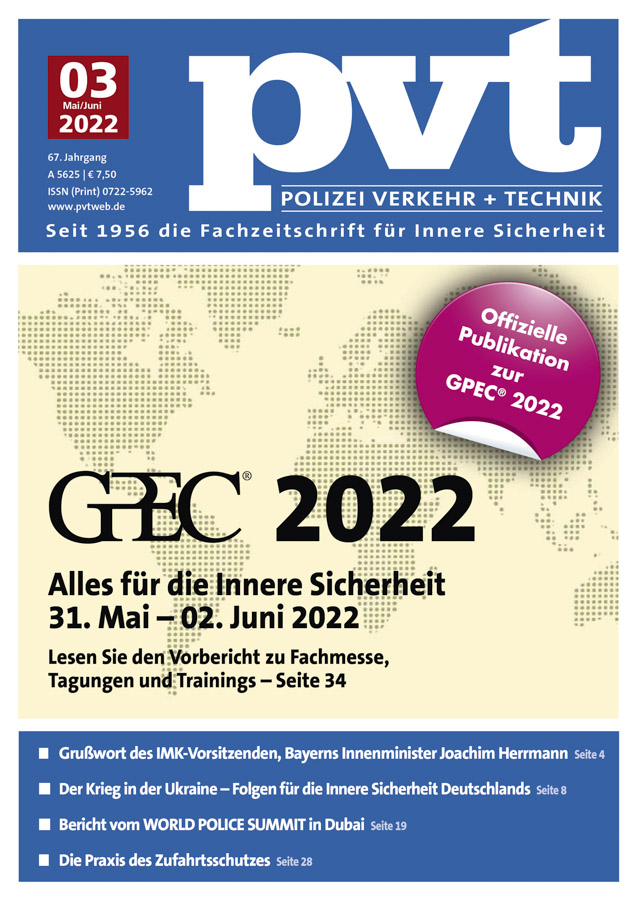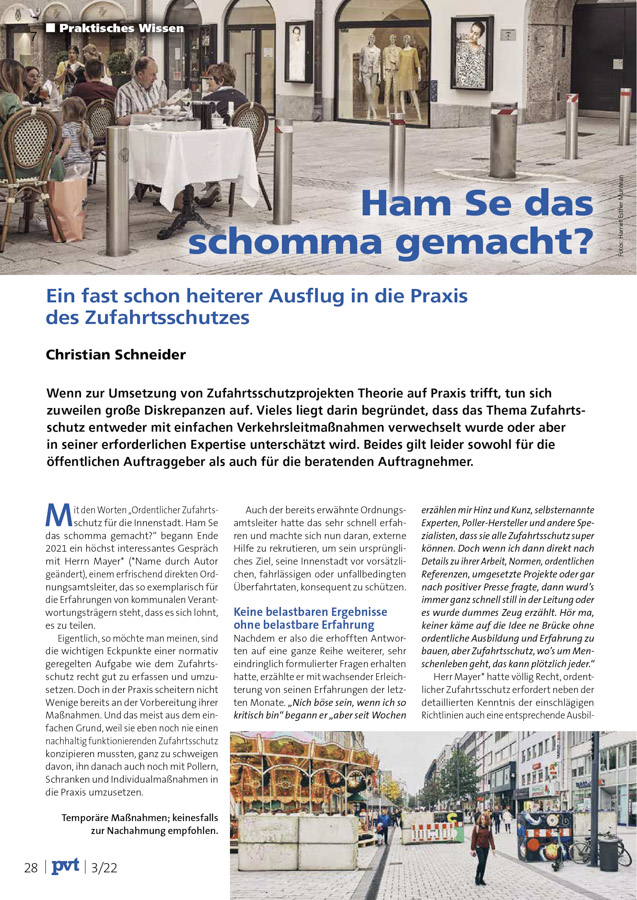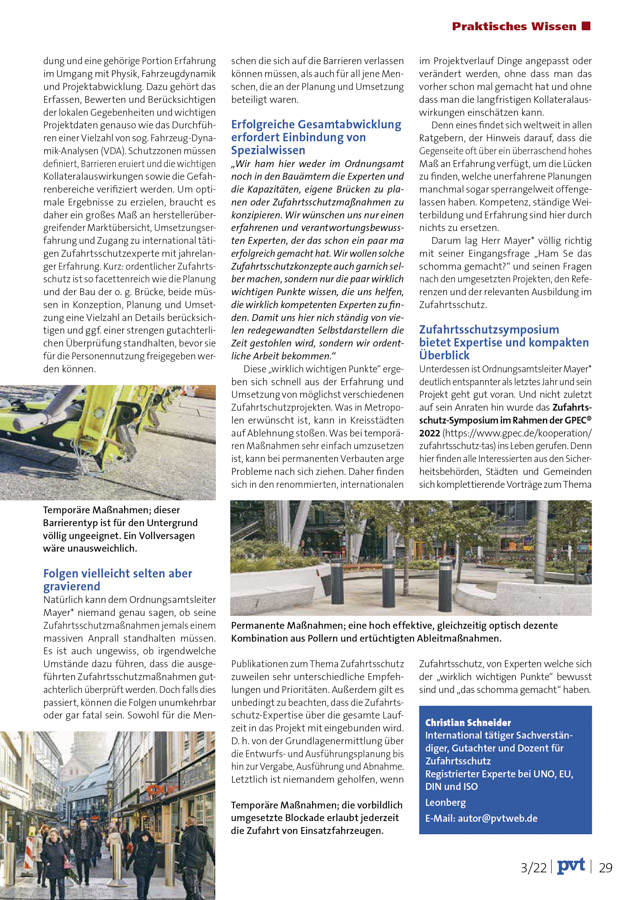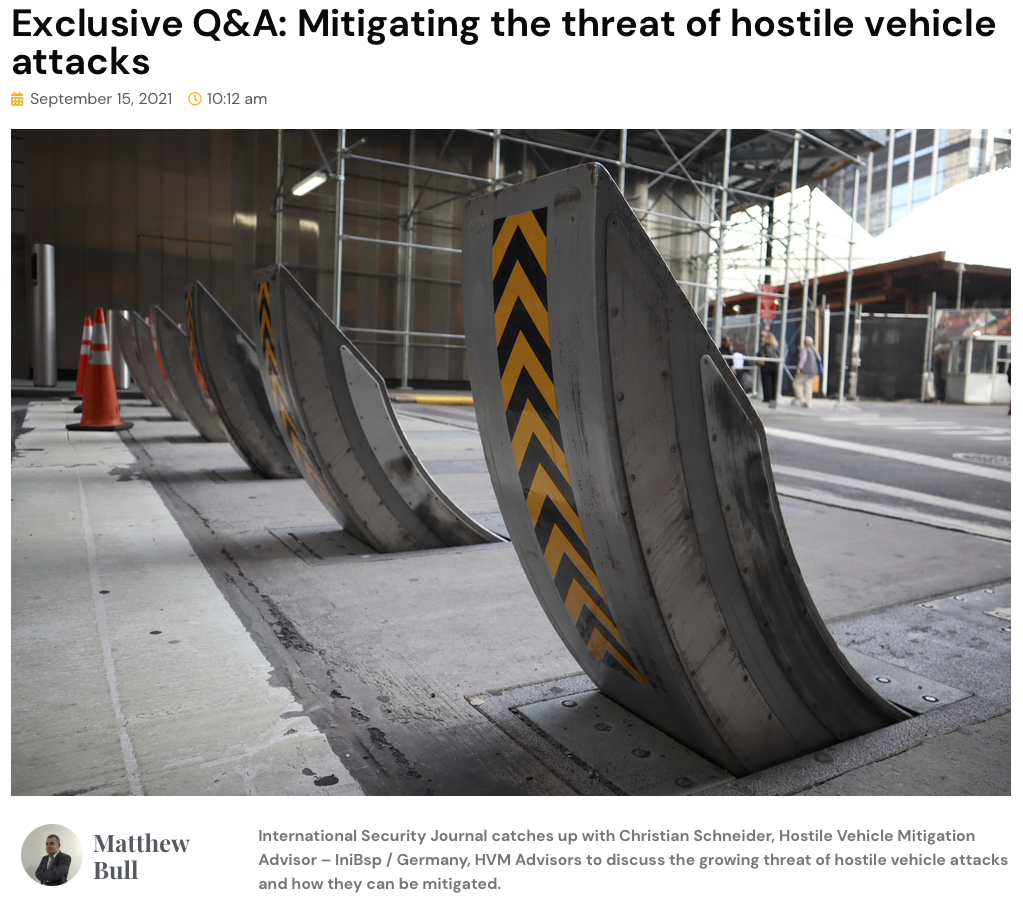Publikationen
Hier finden Sie Publikationen von und Interviews mit Christian Schneider.
Entdecken Sie das erste deutschsprachige Handbuch zum Thema „Zufahrtsschutz im urbanen Umfeld“.
Erfahren Sie, wie Sicherheit, Attraktivität und Wirtschaftlichkeit als Standortvorteil in Städten und Kommunen gesteigert werden können. Nutzen Sie innovative Ansätze für modernen Zufahrtsschutz, der weit mehr bietet als physische Barrieren. Informieren Sie sich über die Chancen für Innovationen und Wirtschaftlichkeit in einer sich wandelnden urbanen Landschaft. Stärken Sie Ihre Entscheidungsgrundlagen für effektiven Zufahrtsschutz und gestalten Sie eine sicherere und zukunftsfähige Umgebung.
Weitere Infos finden Sie hier.
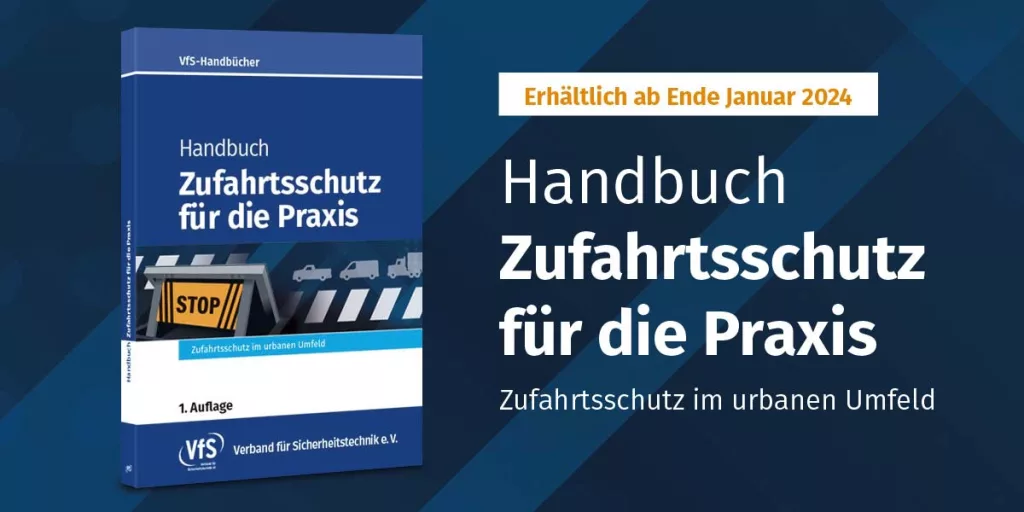
Entdecken Sie das erste deutschsprachige Handbuch zum Thema „Zufahrtsschutz im urbanen Umfeld“.
Erfahren Sie, wie Sicherheit, Attraktivität und Wirtschaftlichkeit als Standortvorteil in Städten und Kommunen gesteigert werden können. Nutzen Sie innovative Ansätze für modernen Zufahrtsschutz, der weit mehr bietet als physische Barrieren. Informieren Sie sich über die Chancen für Innovationen und Wirtschaftlichkeit in einer sich wandelnden urbanen Landschaft. Stärken Sie Ihre Entscheidungsgrundlagen für effektiven Zufahrtsschutz und gestalten Sie eine sicherere und zukunftsfähige Umgebung.
Weitere Infos finden Sie hier.
Ideen gibt’s genug
Schutz vor Anschlägen am Breitscheidplatz ohne klobige Sperren
Veröffentlicht auf Tagesspiegel.de – Nachrichten aus Berlin und der Welt
12. Februar 2024
Entdecken Sie im neuesten Artikel des Tagesspiegel innovative Vorschläge für den Schutz des Breitscheidplatzes in Berlin vor Anschlägen. Christian Schneider, ein erfahrener UN-Sachverständiger, hat Konzepte entwickelt, die nicht nur effektiv, sondern auch ästhetisch ansprechend sind. Erfahren Sie, warum herkömmliche Maßnahmen wie Betonklötze und versenkbare Poller abgelehnt werden und welche alternativen Lösungen in Betracht gezogen werden, darunter die Beschränkung des motorisierten Verkehrs und begrünte Hochbeete. Der Artikel bietet spannende Einblicke und Insider-Informationen zu einer anhaltenden Debatte über die Zukunft der Sicherheitsmaßnahmen am Breitscheidplatz. Tauchen Sie ein und erfahren Sie mehr über die Diskussion in diesem Artikel des Tagesspiegel.
Temporary HVM of Christmas markets and outdoor events
Veröffentlicht in der Government Business – Business Information for Local and Central Government
Ausgabe 30.5 Seite 83-87
Zufahrtsschutz in Praxis; wirtschaftliche Sicherheit als Standortvorteil
Veröffentlicht in der Crisis Prevention Ausgabe 02/2023
Die Gefahr von Anschlägen durch LKW wird weiter steigen
Spitzengespräch mit Peter Nigel und Christian Schneider
Veröffentlicht in der security insights Ausgabe 03/2023
Veröffentlicht in der Government Business – Business Information for Local and Central Government
Ausgabe 30.2 Seite 77-79
War der Artikel hilfreich?
Schreiben Sie uns, sollten Sie Interesse an weiteren Artikeln haben, die bereits veröffentlicht wurden.
War der Artikel hilfreich?
Schreiben Sie uns, sollten Sie Interesse an weiteren Artikeln haben, die bereits veröffentlicht wurden.
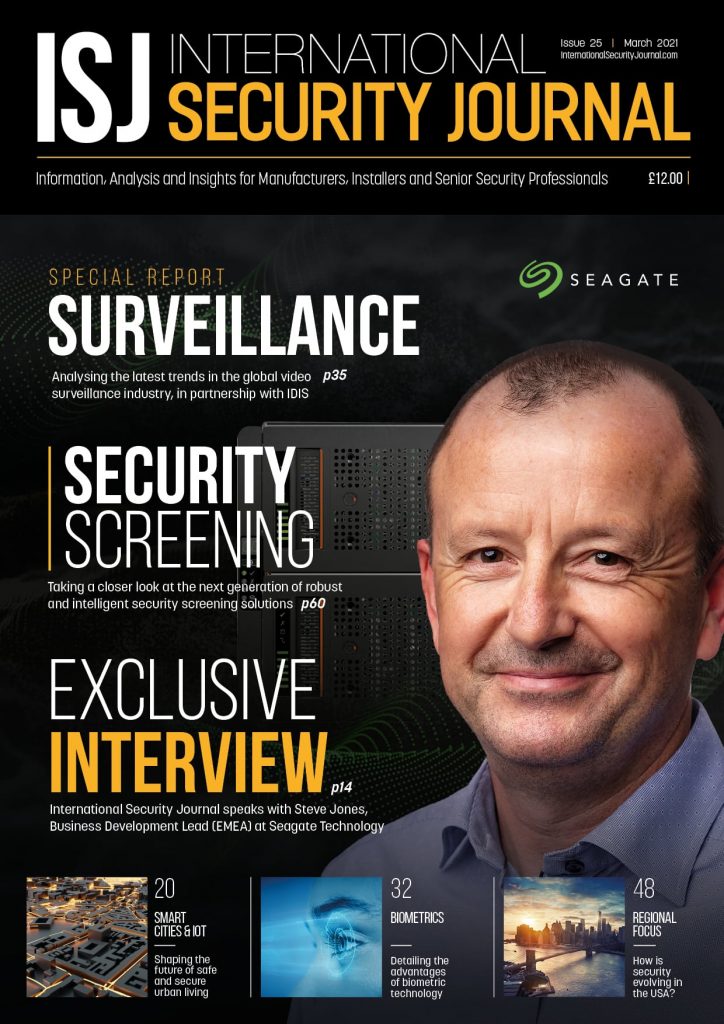
Ein kürzlich geführtes Interview über modernen Zufahrtsschutz mit Matthew Bull wurde im INTERNATIONAL SECURITY JOURNAL (ISJ) veröffentlicht. Das ganze Interview „Exclusive Q&A: Mitigating the threat of hostile vehicle attacks“können Sie in englischer Sprache hier lese.
Exclusive Q&A: Mitigating the threat of hostile vehicle attacks
Autor Matthew Bull
Veröffentlicht im ISJ – International Security Journal Ausgabe 09/2021
ISJ ist ein Fachmagazin aus Großbritannien, dem Heimatland des zeitgenössischen „Hostile Vehicle Mitigation“, kurz HVM.
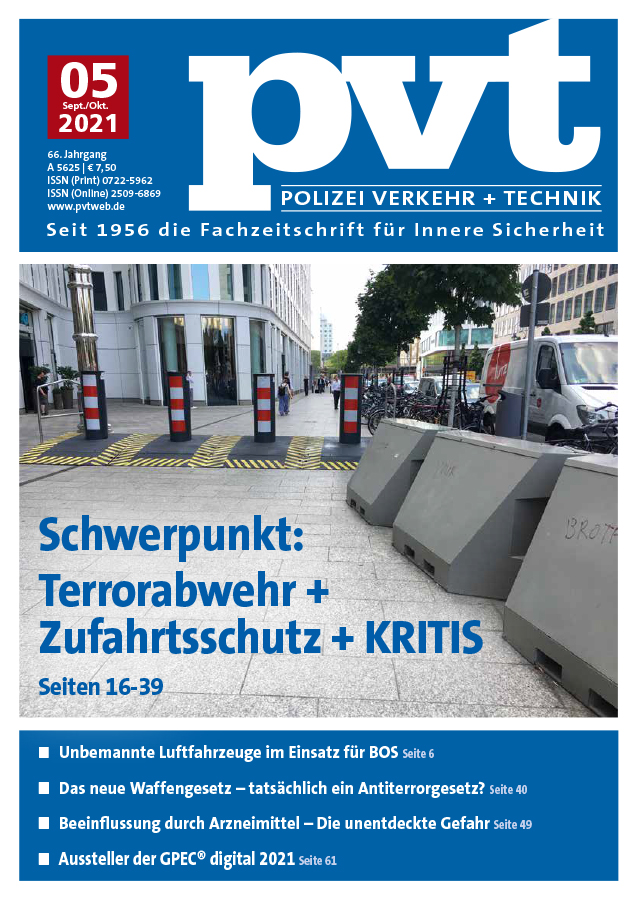
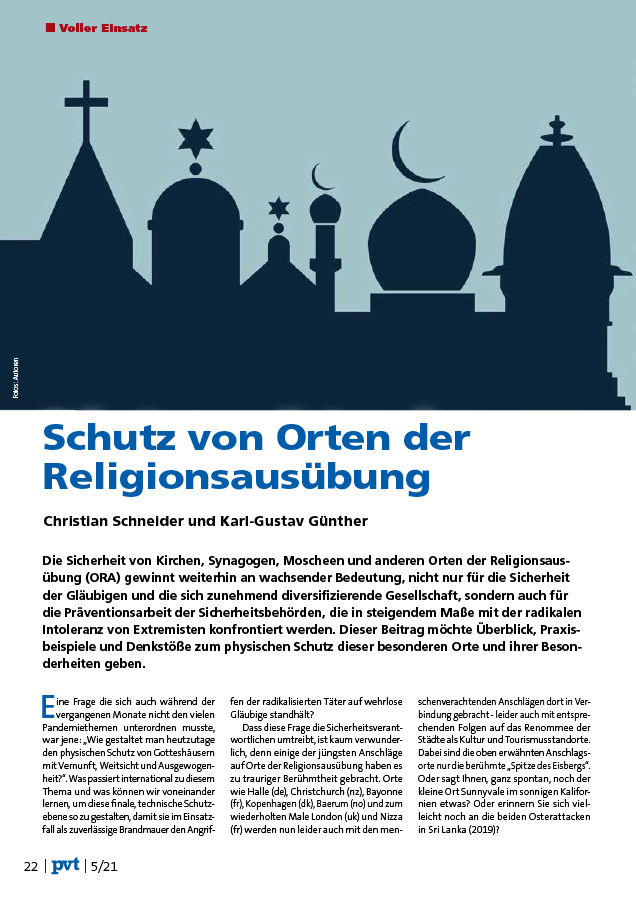
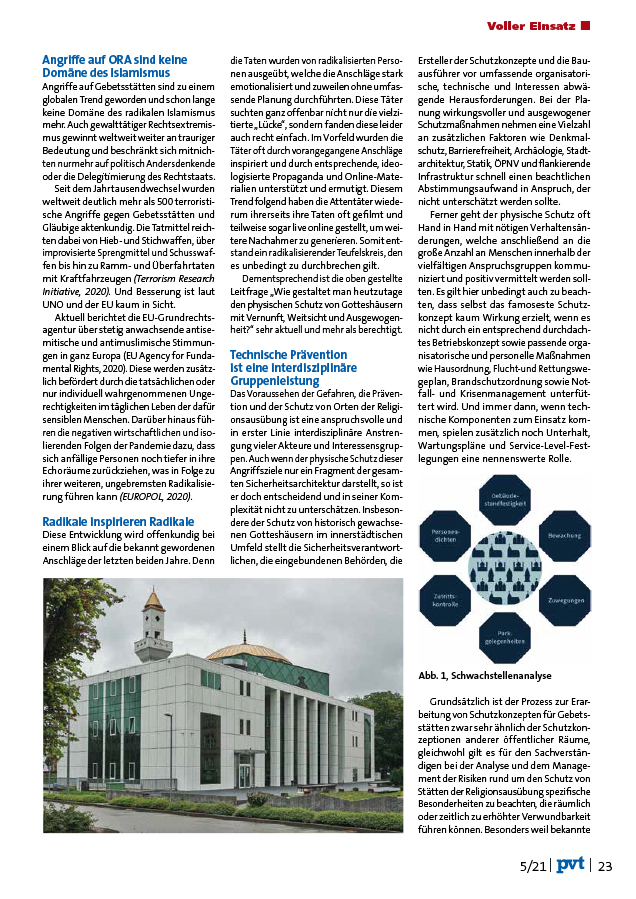
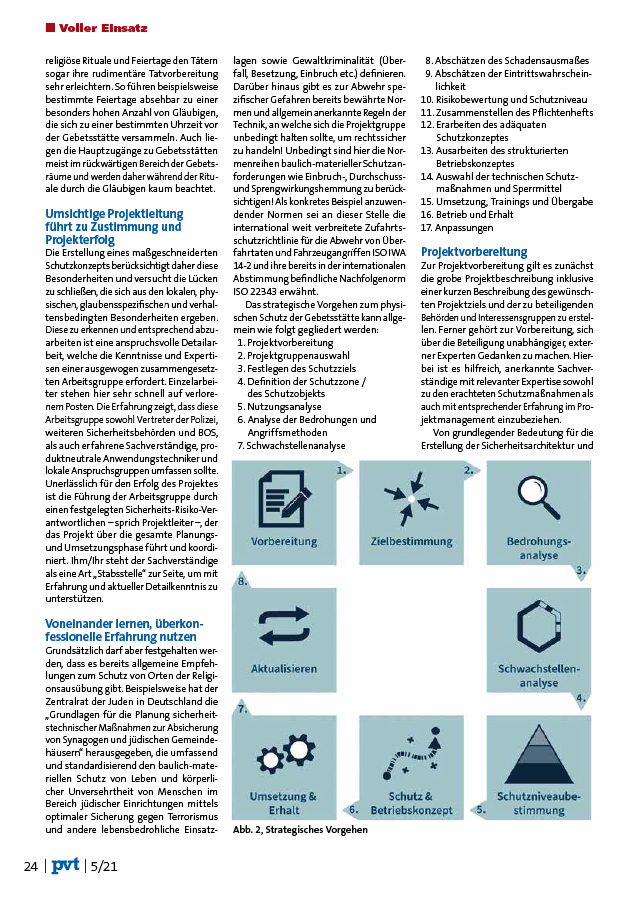
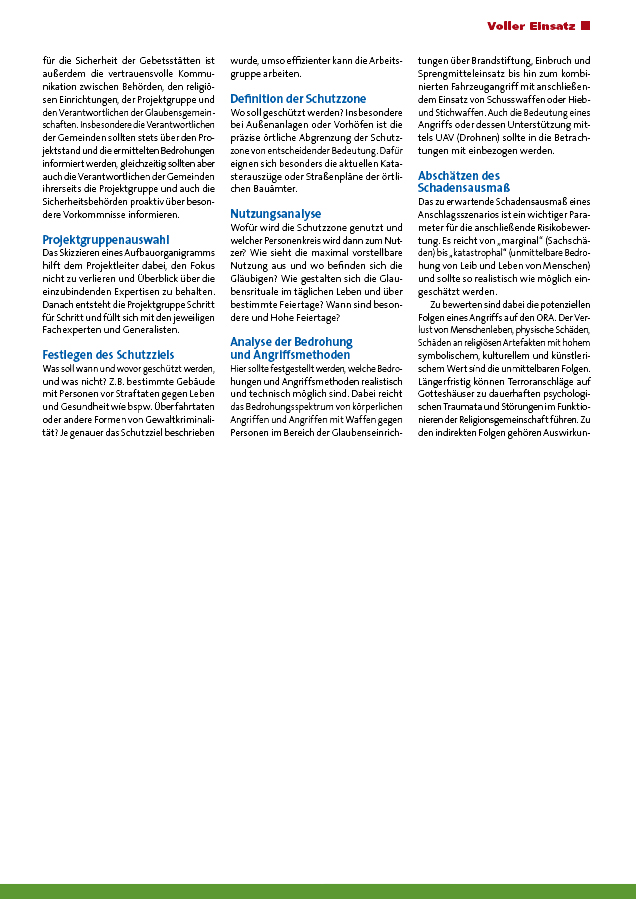
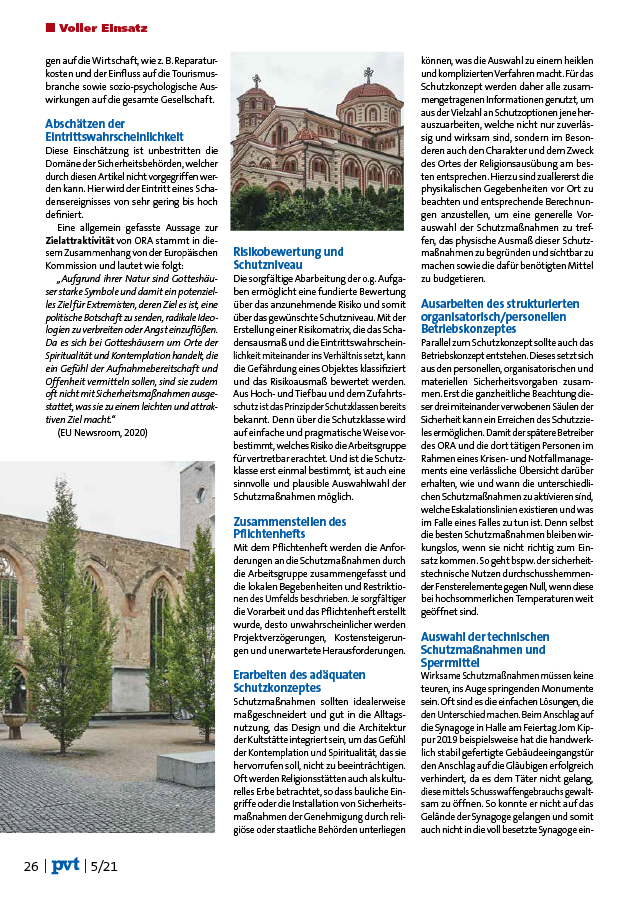

Schutz von Orten der Religionsausübung
Autor Christian Schneider
Veröffentlicht in der pvt Polizei Verkehr + Technik Ausgabe 05/2021
Seit 1956 die spezielle polizeitechnische Fachzeitschrift für innere Sicherheit.

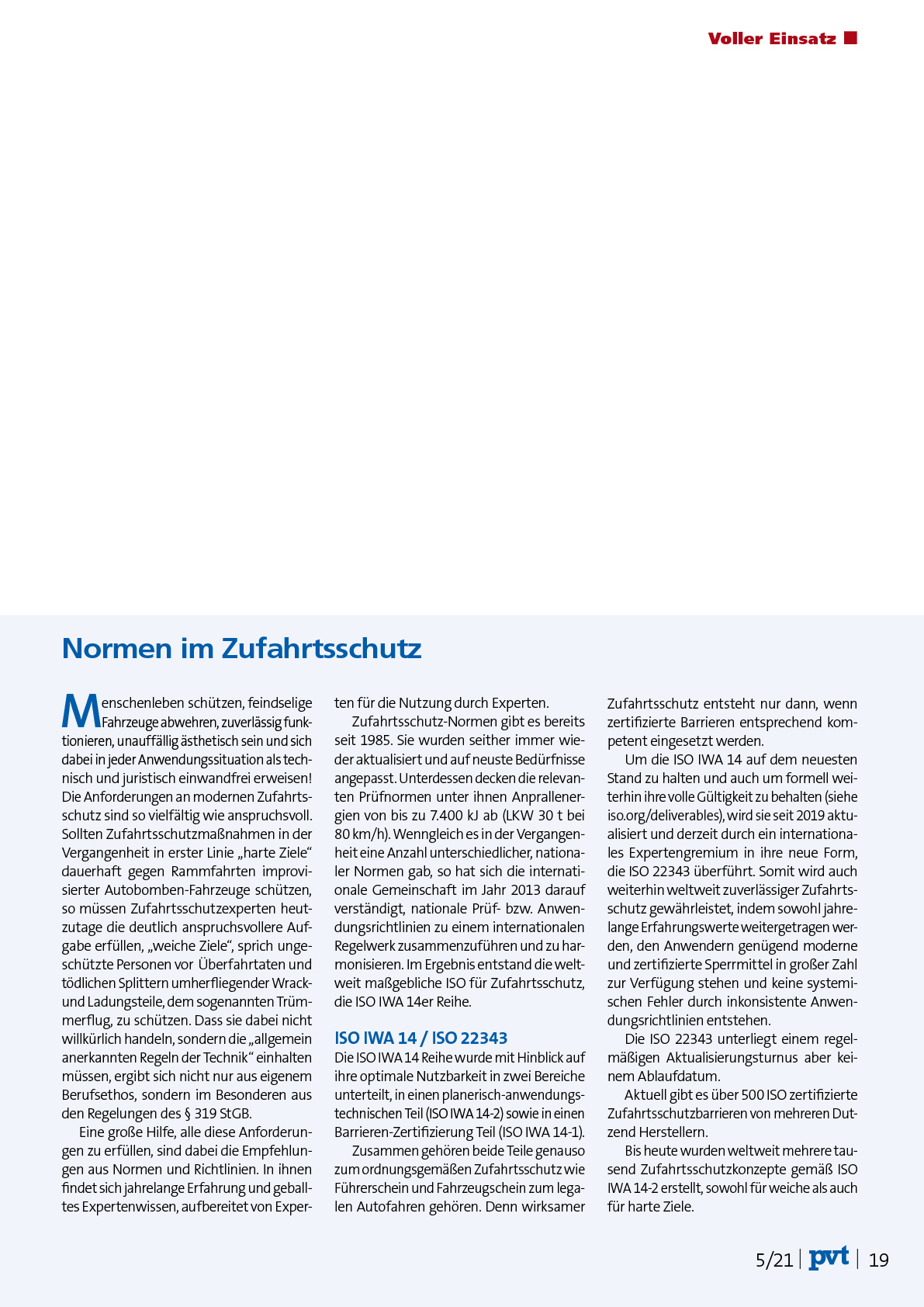
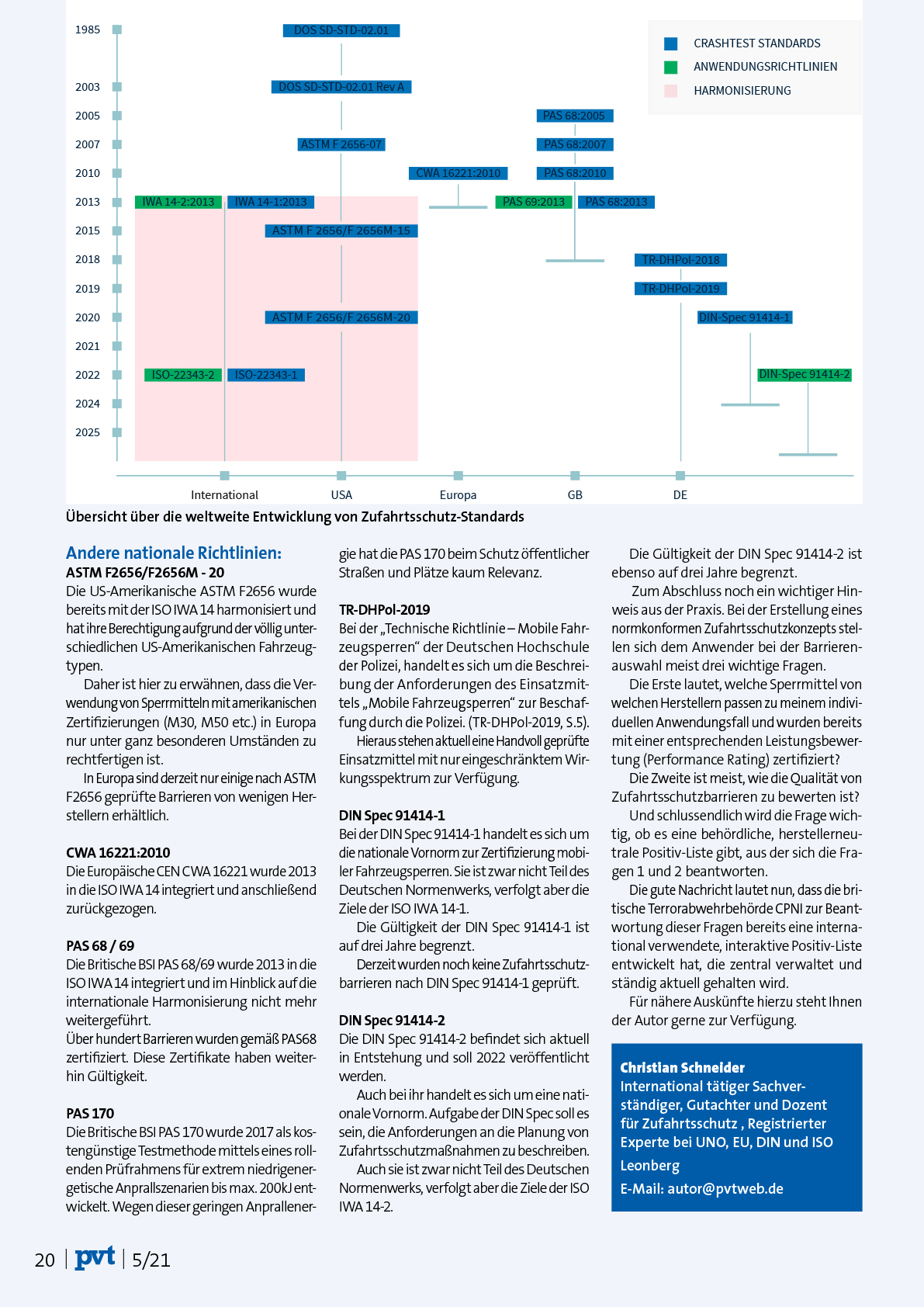
Normen im Zufahrtsschutz
Autor Christian Schneider
Veröffentlicht in der pvt Polizei Verkehr + Technik Ausgabe 05/2021
Seit 1956 die spezielle polizeitechnische Fachzeitschrift für innere Sicherheit.

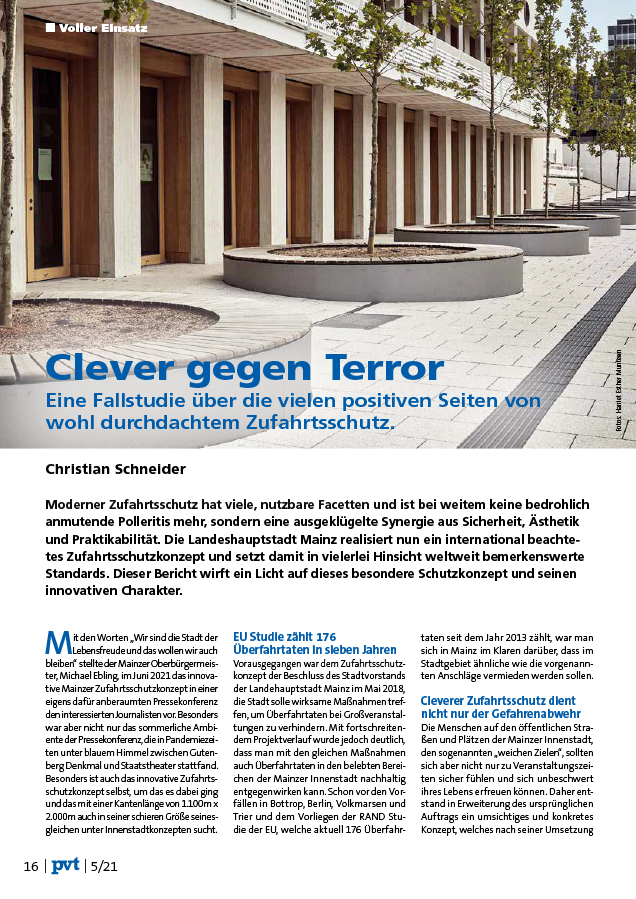
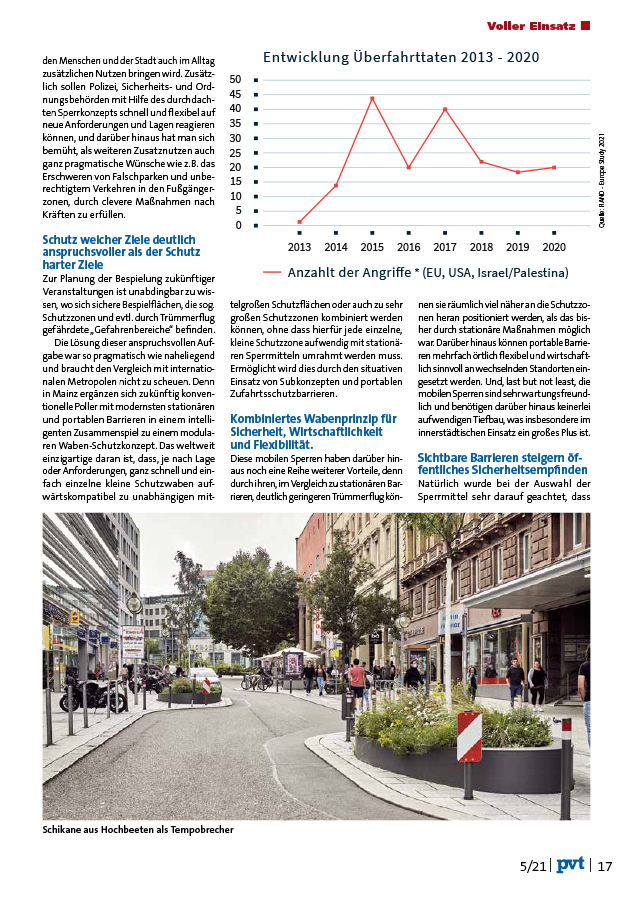
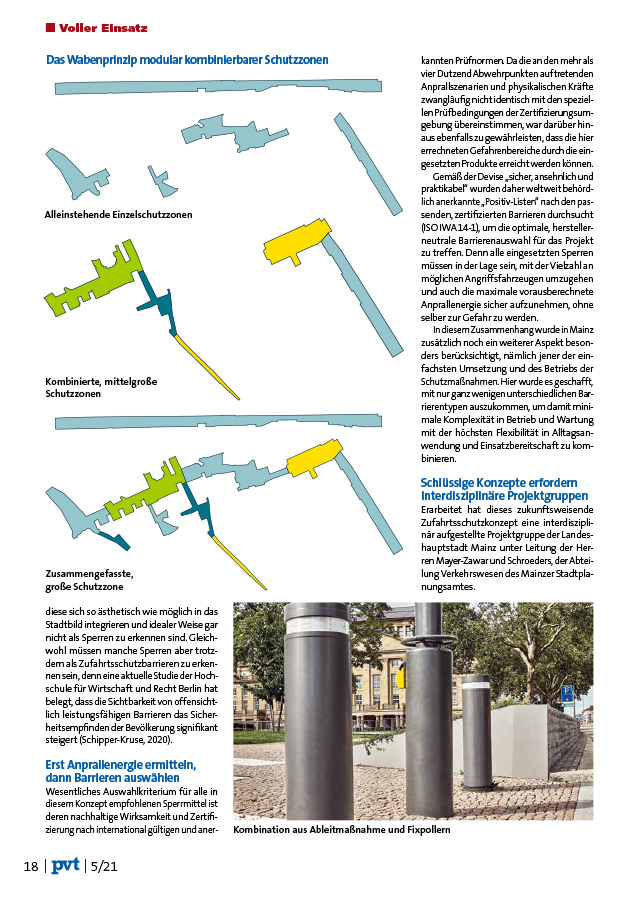
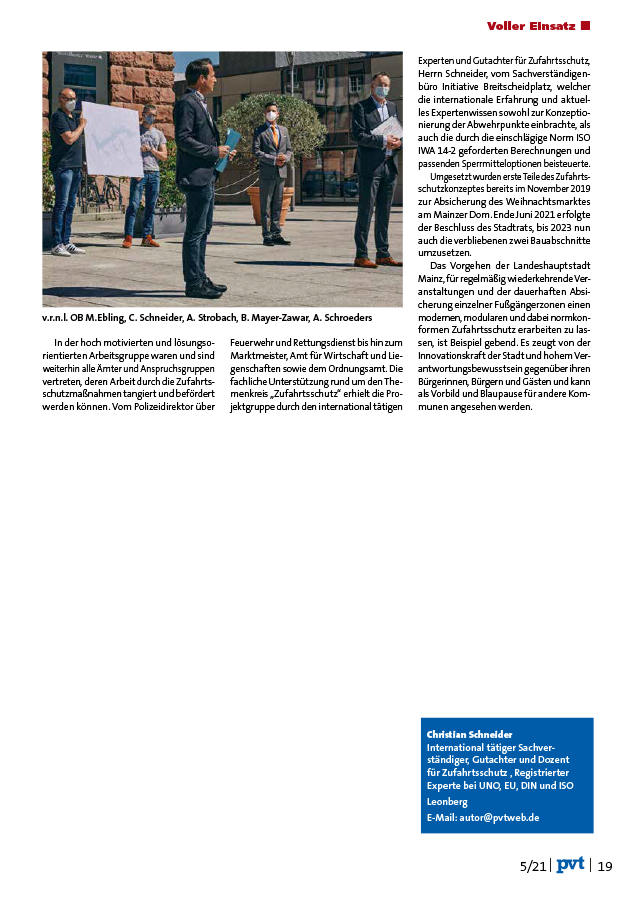
Clever gegen Terror
Autor Christian Schneider
Veröffentlicht in der pvt Polizei Verkehr + Technik Ausgabe 05/2021
Seit 1956 die spezielle polizeitechnische Fachzeitschrift für innere Sicherheit.
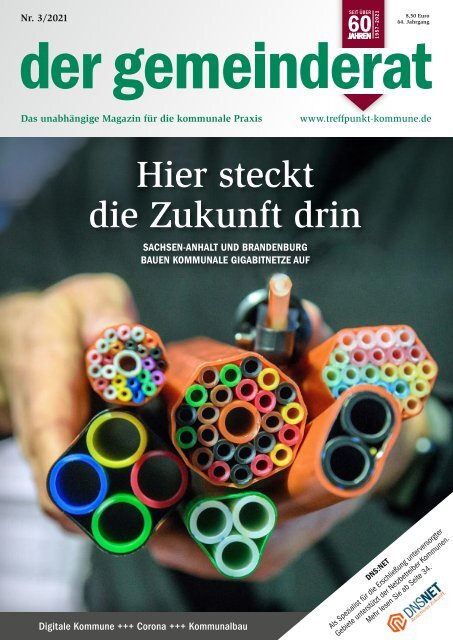

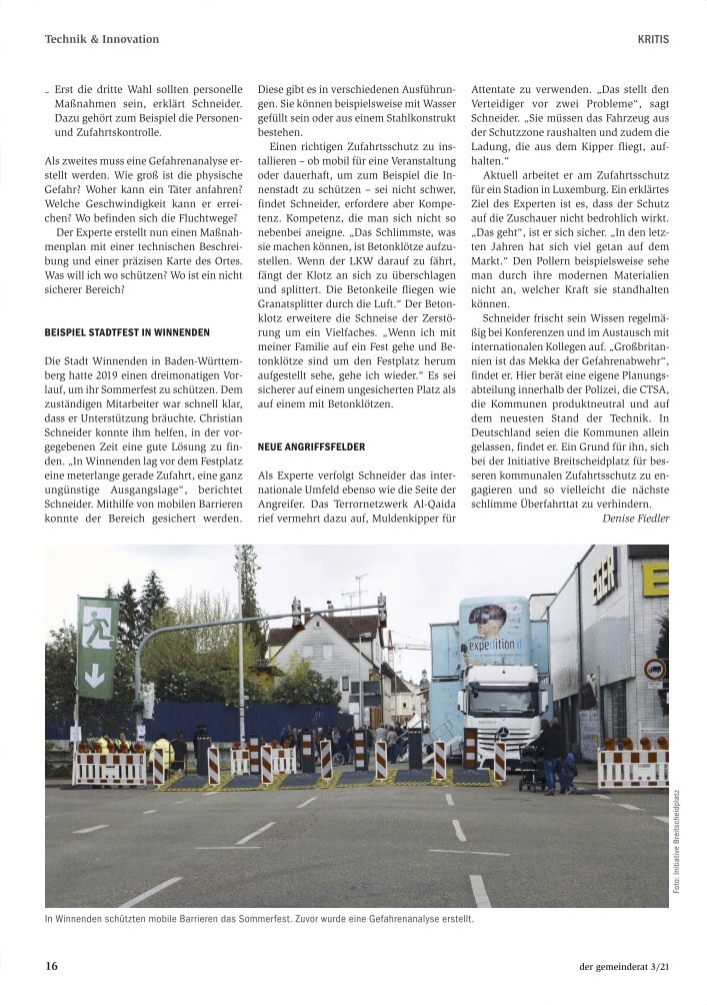
Bitte keine Betonklötze
Autorin Denise Fiedler
Veröffentlicht in der gemeinderat Ausgabe 03/2021
Das unabhängige Magazin für die kommunale Praxis.
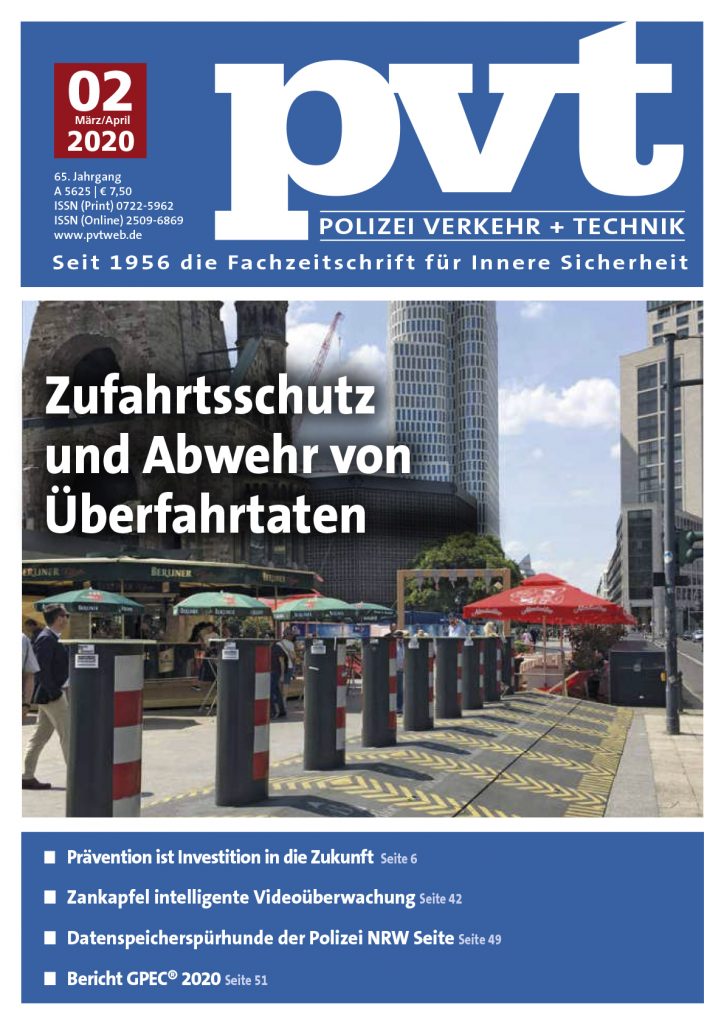
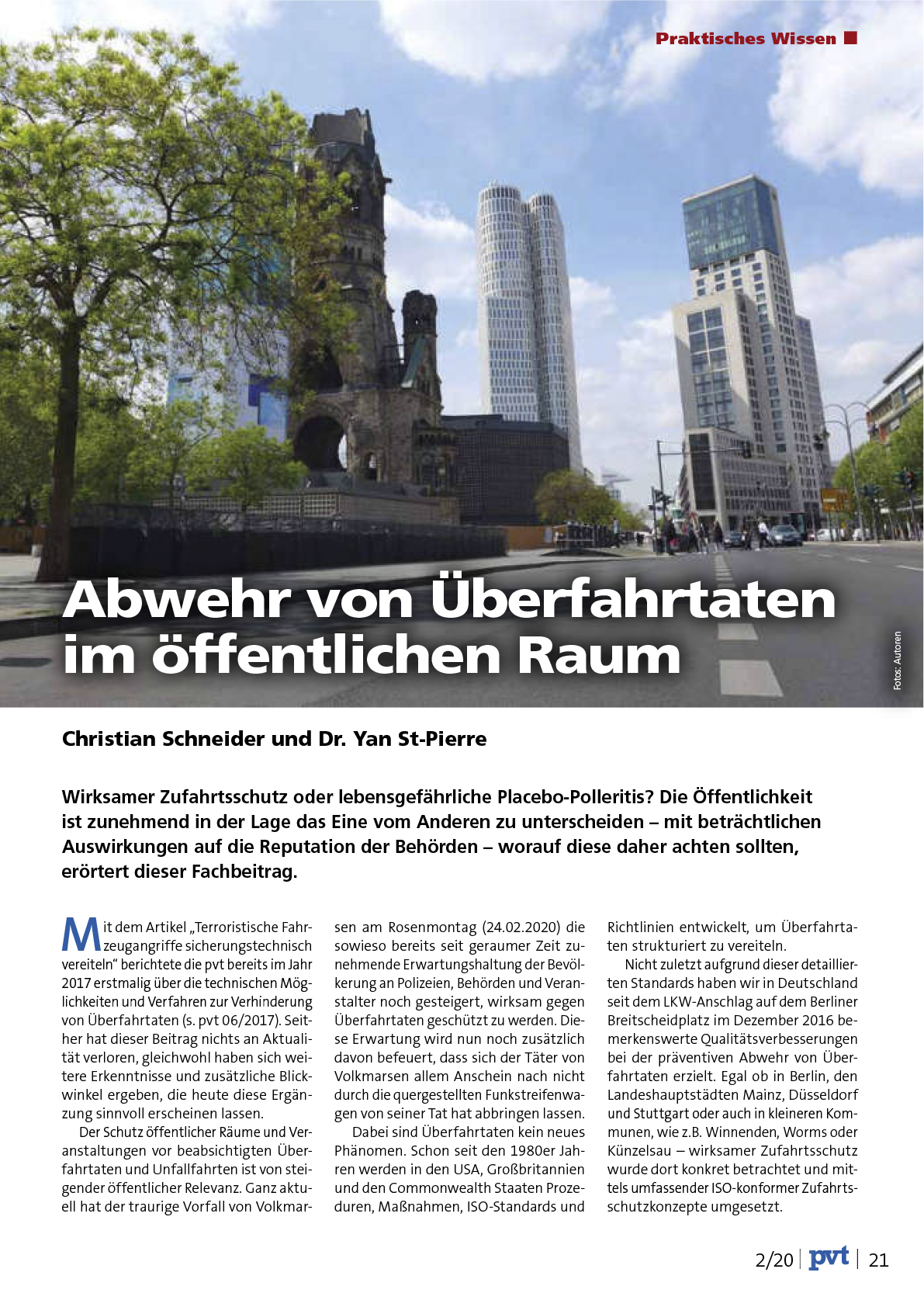
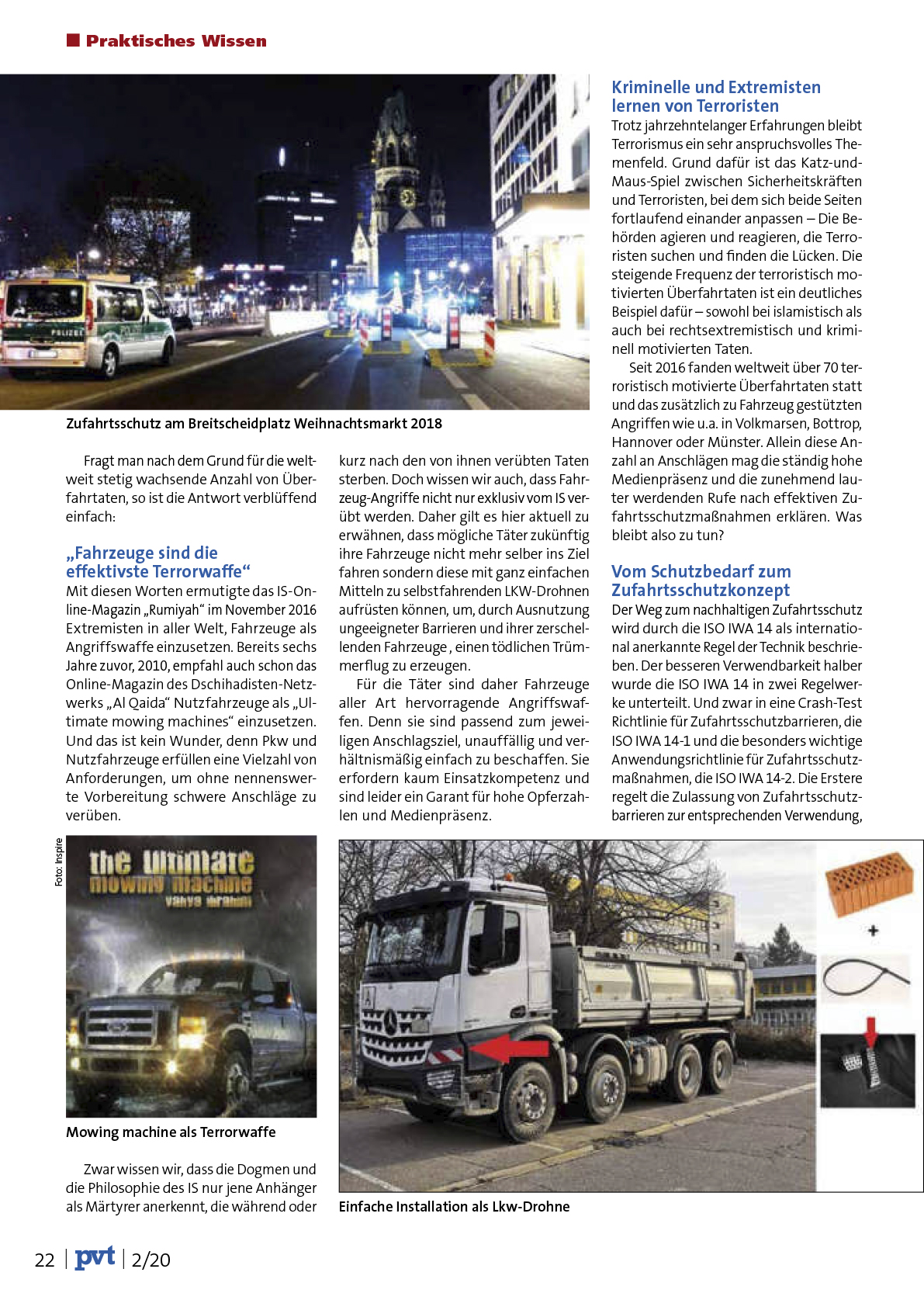
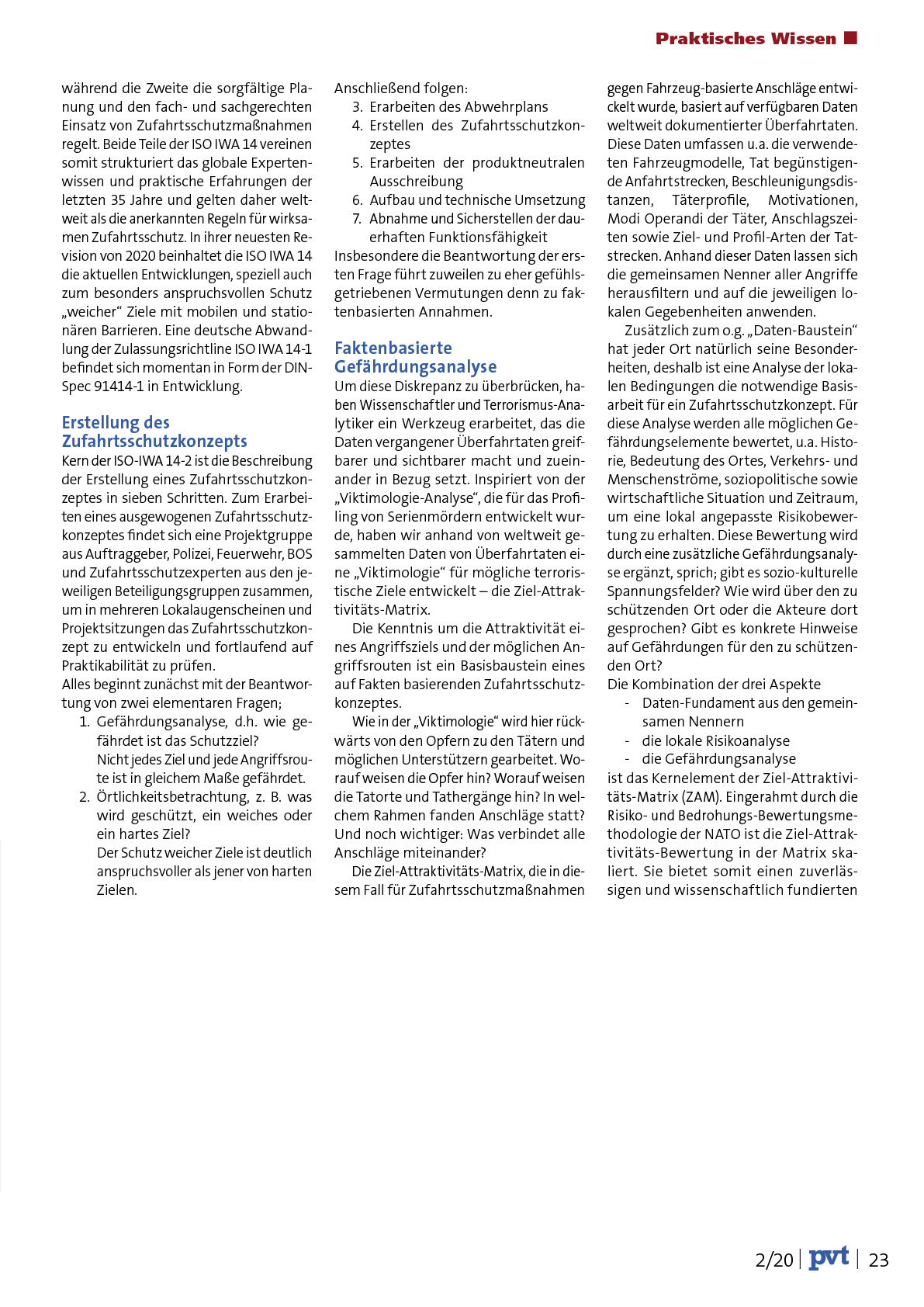
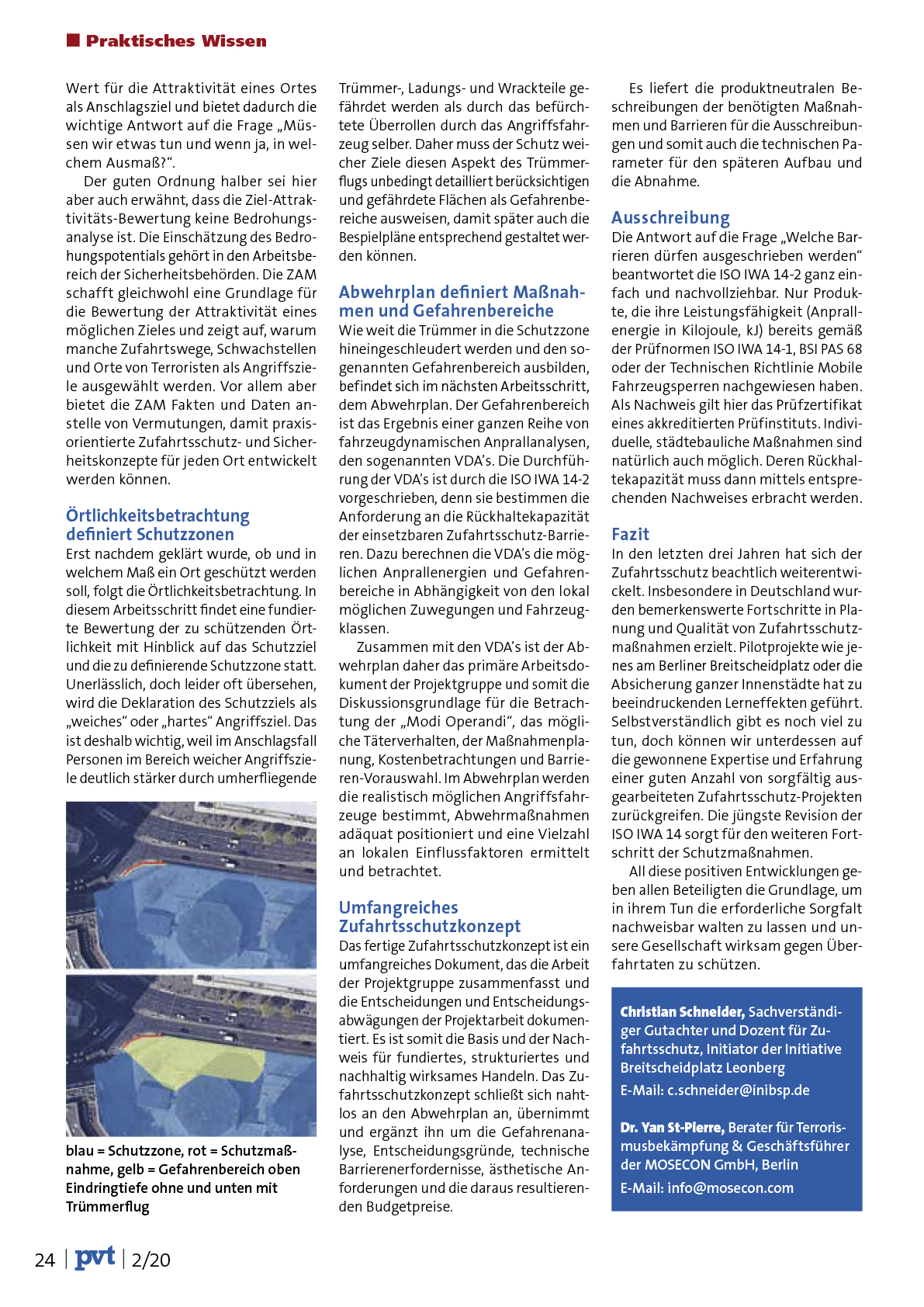
Abwehr von Überfahrtaten im öffentlichen Raum
Autor Christian Schneider
Veröffentlicht in der pvt Polizei Verkehr + Technik Ausgabe 02/2020
Seit 1956 die spezielle polizeitechnische Fachzeitschrift für innere Sicherheit.

